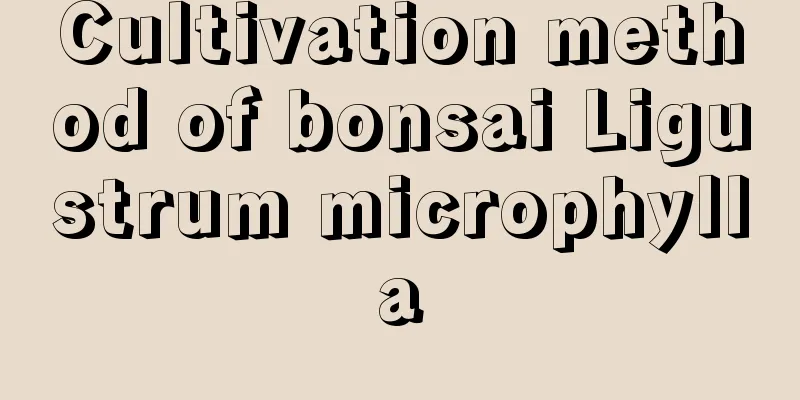How to grow a potted ginkgo tree

Farming methodsPot soil selectionFor potted ginkgo, choose a suitable pot according to the location where it will be placed. However, due to the limitations of the flower pot, the growth of the root system is restricted, so you need to choose breathable, loose and fertile soil. You can use loose garden soil with some base fertilizer to grow ginkgo. Light and temperatureGinkgo likes light, so you can place it in a sunny place and make sure the air is unobstructed. In summer, be careful to avoid exposure to the sun and provide appropriate shade. The suitable temperature for growth is between 15℃ and 25℃. It is slightly cold-resistant and can overwinter outdoors, but it is best to bury the flowerpot. Watering and fertilizingThe soil of ginkgo potted plants needs to be kept moist at ordinary times. It should not be too dry, nor too wet with water accumulation. Watering generally depends on the growth conditions of the plants. In the summer when it is hot and dry, the evaporation of water is relatively large, so watering is required every morning and evening. Watering needs to be reduced in autumn. Fertilization is generally done in thin layers during the growing season in spring and summer, and base fertilizer needs to be applied once in winter. If you want the branches and leaves to be lush, you can apply more nitrogen fertilizer. If you want the ginkgo to have more flowers and fruits, you can apply more phosphorus fertilizer. PrecautionsPests and diseasesDuring the maintenance of ginkgo, there are fewer diseases and pests, but if the soil in the pot is too wet and there is water accumulation, it will cause root rot. Lack of fertilizer or high temperature will cause leaf blight. The main pests are the spiny moth, peach aphid, spider mites, and striped stem borer, etc., and prevention and control are required according to different pests. RepottingThe root system of Ginkgo is relatively developed. If it is not repotted in time, it will affect the growth of the plant. You can repot it every two years, trim the roots and replace the soil with new soil. pruneThe main purpose of pruning ginkgo is to shape the plant. It can be pruned into various shapes according to personal preference, which is very ornamental. |
<<: Cultivation methods and precautions of blue pot flowers
>>: Cultivation methods and precautions of wood fragrance flower
Recommend
Can edamame shells be used as fertilizer? Can they be dried and used directly as fertilizer?
Edamame shells are rich in vitamins and trace ele...
The immortal sunflower, a branch can burst the wash basin, there are 10 varieties you have never seen!
Sunflower Varieties Nowadays, sunflowers are not ...
How to grow Buddha lotus
1. Maintenance conditions 1. Light: It likes to g...
What to do if clove root rots
1. Too much watering Overwatering is a common occ...
How to prune fruit trees?
Fruit tree pruning is already a commonplace topic...
How many times can sunflowers be planted in a year (once)? How many days is the growing period?
Sunflowers can only be planted once a year , most...
Is it good to grow succulents with slag coal?
The benefits of growing succulents on coal slag C...
Methods and steps for potting small hibiscus
Time to plant small hibiscus It is suitable to pl...
Tomato watering techniques and principles
1. Watering technology 1. Watering after the valu...
How to propagate succulent Yuanbao by division, sowing and leaf cutting
How to breed succulent plants There are three mai...
How to fertilize ivy? This is the best way to get great results!
Fertilization method For ivy, choose a potting so...
What are the shade-tolerant flowers?
Arrowroot Rainbow arrowroot, spotted arrowroot, p...
Can Custard Apple be grown in the south?
Can sugar apples be grown in the south? Sugar-app...
Causes and treatments of yellow leaves of raindrops
1. Temperature discomfort Reason: The raindrops l...
When is the harvest of Job's tears?
Job's tears harvest time The crop of Job'...









